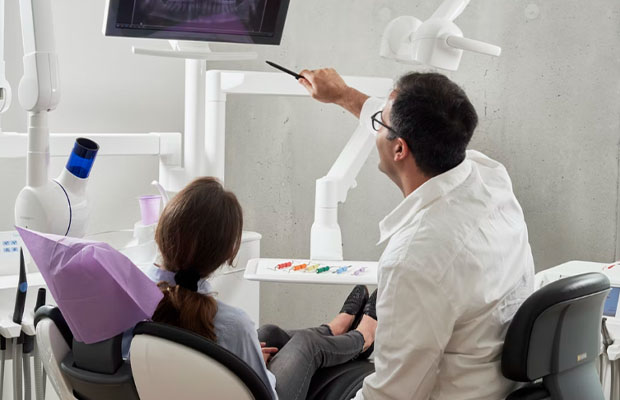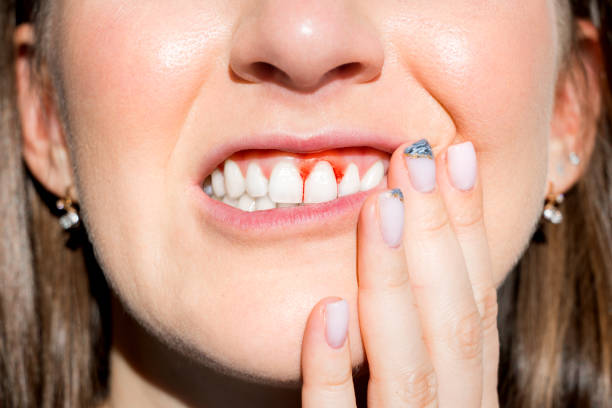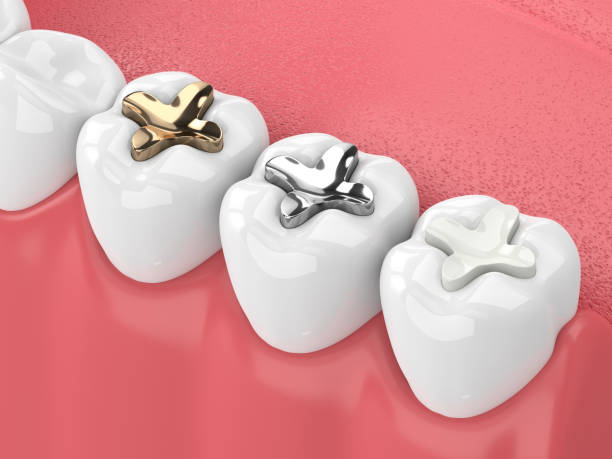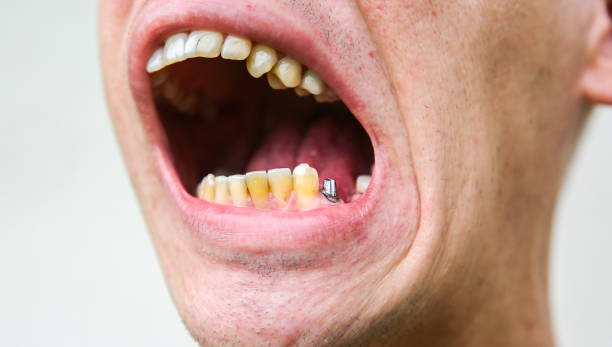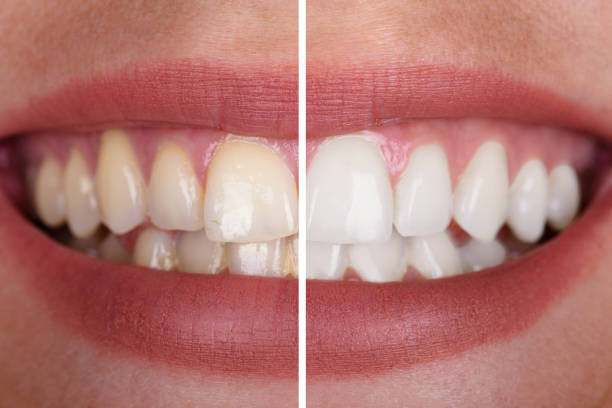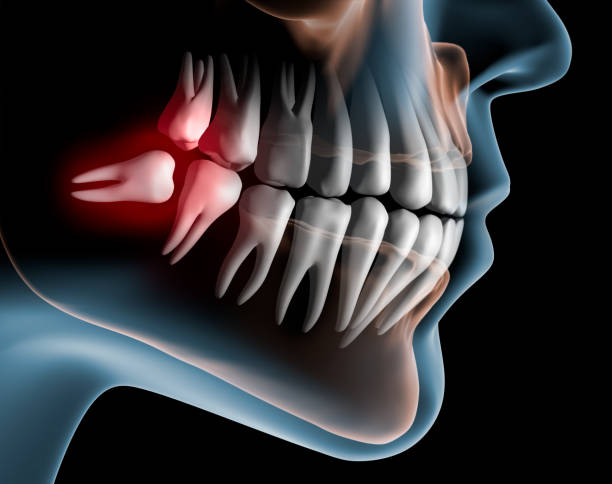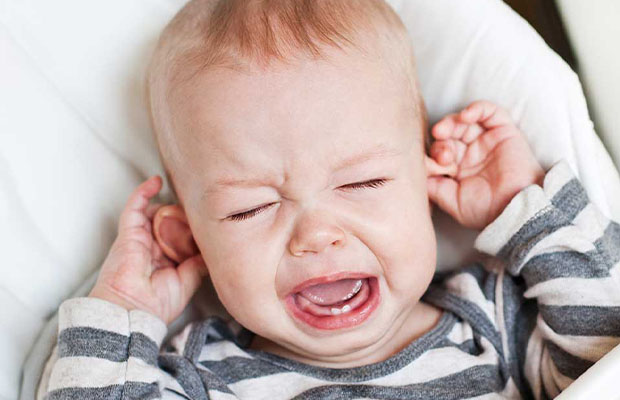No matter how much we as parents want to preserve and safeguard our children’s pearly whites, baby teeth cannot be protected from tooth decay. So, why do kids get silver teeth? To shield broken, decayed, or cavity-ridden teeth. Baby teeth are not immune to the effects of tooth decay, no matter how much we as parents want to protect and preserve our children’s pearly white smiles.
Your child’s mouth can become infected with plaque and tartar, which are toxic and can cause tooth damage if left untreated.
For more information on silver teeth, continue reading.
Table of Contents
Different Types Of Silver Teeth
Fillings For Baby Teeth
If a cavity in a child’s tooth is very small but still noticeable, a filling is the first step a dentist takes to treat it. By filling the cavity, the decay will not be able to spread further into the tooth.
Because dentists frequently use a silver-colored substance, silver staining on teeth is possible. Parents need not worry, though, as the silver filling will be removed when the baby’s baby teeth are replaced by adult teeth.
Crowns On Baby Teeth
Children’s back teeth, especially the molars, frequently have caps placed by dentists to strengthen the teeth and guard against further harm. When children visit the dentist, the dentist will use silver-colored materials made of stainless steel to make crowns for the children’s teeth.
For kids’ teeth, dentists use crowns. That’s because silver crowns are a less expensive option than the tooth-colored crowns used for adults, much like the silver-colored material used for fillings. These silver crowns can also be placed by dentists in a single visit rather than over the course of several visits.
The placement of silver crowns on a baby’s teeth is a quick, low-cost procedure that also offers the teeth enough protection until the baby’s teeth fall out naturally. These silver crowns will fall out along with the baby’s teeth.
Why Do Kids Get Silver Teeth?
Several procedures are available to dentists to treat cavities in baby teeth: fill them, place a crown on them, or extract it. Remember that dentists prefer to crown or fill a cavity on a baby tooth rather than extract it because they want to keep children’s teeth for as long as possible.
Dentists frequently use a silver-colored material when filling or crowning baby teeth. Dental amalgam is the name for the silvery substance that is a composite of various metals. This material is used by dentists because it is typically less expensive than tooth-colored fillings. It is possible to use tooth-colored or resin materials, but it depends on the dental office and the services it offers to young patients.
A child’s teeth have a silver hue because of the silver-colored material that dentists use to fill cavities or cover baby teeth that are decaying. This should make it easier for you to comprehend the query, “Why do kids have silver teeth?” Just those kids who need crowns on their baby teeth because they have cavities have silver teeth.

Why Will Pediatric Dentists Use Silver Crowns?
- The expense – Baby teeth should be restored instead of being pulled. Because they have to hold their position in the mouth until adult teeth erupt, this is the case. Adults frequently find stainless steel crowns to be more affordable than porcelain ones. They are offered for sale in prefabricated forms, making assembly quick and affordable.
- Reduces the number of sittings – Many young children who need dental work need anesthetics. Parents must limit the number of visits because these kids have a propensity for fidgeting. The crown has already been prepared by the doctors. Hence, it just takes one appointment to have them put on.
- Stainless steel crowns are efficient – A filling cannot save a tooth when there has been an excessive loss of tooth structure. The tooth instead needs total protection, which can only be given by a stainless steel crown.
- It may safeguard the teeth for a more extended period – Having a crown placed over a tooth, for instance, may help prevent further decay. Additionally, this keeps it from becoming overly sensitive.
- The American Academy of Pediatrics highly recommends crowns made of stainless steel – Stainless steel crowns are advised for all dental procedures by the American Academy of Pediatrics (AAP). Dentists adhere to these recommendations as a result.
Are Dental Crowns Appearing Natural?
Yes. Dental crowns for children have a natural appearance thanks to the material or coating they are made of. A dental crown, for instance, can improve the appearance of a tooth while preserving its natural size and shape. Depending on the crown, it might look more like the adjacent teeth than the original ones did.
Is It Necessary To Put Silver Caps on Kids’ Teeth?
Though it’s not required, we suggest it.
You frequently need to (or, at the very least, it’s a good idea to consider) place crowns on the affected baby teeth when they develop cavities or show signs of decay. For baby molars, this is especially true.
If baby teeth get cavities or start to deteriorate, crowns help protect and maintain them. Children need to have baby teeth until their adult teeth erupt because primary teeth are necessary for a child’s growth and development.
Since every child is different, we must tailor cavity therapy for each patient. If you notice any decay-related symptoms on your child’s teeth or believe they may already be showing signs of decay, consult your dentist right away. The best person to provide you with advice on the type of decay and the necessary treatments is your dentist.
Final Thoughts
Typically, crowns need to be placed on baby teeth, especially molars, when they develop cavities or show signs of decay (or at the very least, it’s a good idea to think about it).
Your child’s pediatric dentist advises that you wait until the anesthesia wears off before allowing your child to eat after the procedure. The dentist may suggest an over-the-counter medication to treat any discomfort if your child shows signs of pain or sensitivity after the procedure.
Read More: When Do Kids Get Molars?

